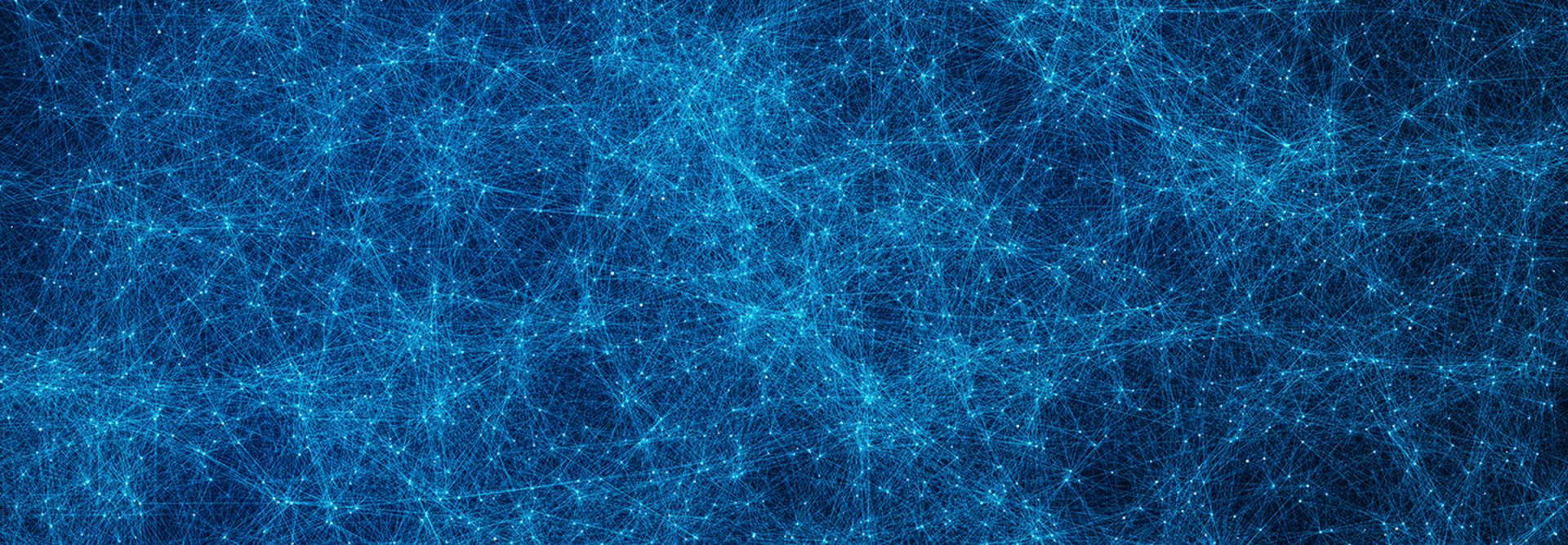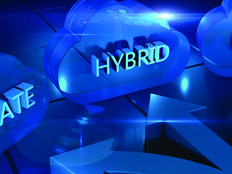While some of the data collected with edge computing nodes can be directly sent to the cloud for storage and further processing, Habtemariam and Moffett say, “there are many cases where this is not realistic due to time, resources and security constraints.”
For example, by the time the data makes its way to the cloud for analysis, the opportunity to act on it might be gone. Or latency and bandwidth constraints limit the ability to transport the volume of data being generated at the edge. Additionally, Habtemariam and Moffett say, “confidentiality needs to be enforced, and in some cases, data may need to be filtered before it is sent to certain cloud environments.”
There are some applications where having low latency and very fast network response time is critical, Iorga notes. She cited virtual reality as one, noting that any delay could cause the user to become nauseated. Additionally, telemedicine services in hospitals cannot afford to have high latencies.
What Are the Benefits and Drawbacks of Fog Computing?
Fog is useful for apps where latency is too high in the cloud, Byers notes. Many IoT applications are delay-sensitive, and if the delay gets too long, the systems become unstable. That can impact users’ safety, especially for apps like connected traffic signals in smart cities.
“By moving the computation deeper in the networks and closer to the IoT networks and endpoints, you can have much better control over that latency,” Byers says. He notes that many cloud apps in IoT networks have up to 250-millisecond latency. Fog and edge computing can produce latency of less than a millisecond, he notes.
Fog can also enhance data security. “If important data is running from sensors all the way through multiple layers of wireless and wireline networks, and into the cloud, there’s lots of opportunities for security breaches,” Byers says.
By pushing computation, especially AI algorithms and analytics, deeper into the network closer to IoT devices (in cabinets on streetcars or in buildings, for example), agencies can decrease their vulnerability, he notes.
Agencies can also bring processing capabilities needed for cybersecurity closer to the end devices. Fog “enables IT to apply security services, such as access control, threat detection and mitigation, supply chain integrity validation and data confidentiality enforcement closer to the edge,” Habtemariam and Moffett note.
Fog computing does have a drawback in that it expands an agency’s cyberattack surface. “It expands IT’s responsibility at the edge, and reinforces the need for an architectural approach to manage the organization’s multi-cloud environment,” Habtemariam and Moffett say. “As with any environment that is part of the organization’s multicloud, IT will need deep visibility into its fog computing environment and the ability to extend security capabilities to it.”
MORE FROM FEDTECH: See how the Navy uses VR to train aircraft carrier crews.
How Fog Computing Can Help Government Agencies Modernize IT
In general, fog computing enables agencies to “leverage multiple data sources such as space-based assets and signal surveillance, each feeding into a fog environment,” Habtemariam and Moffett say. “By applying analytics to the aggregated data, it enables the correlation of data across multi-domain operations, and enables time sensitive decisions to be made based on that correlation.”
There are numerous applications for fog computing across the government. Byers notes that the Department of Homeland Security could use fog computing to verify drones and allow them to cross into restricted airspace.
A drone may be trying to land in a particular area, but in order to get clearance to do so, its sensors need to be scanned and verified by a fog computing node, he says. If the drone passes the verification, it will be allowed to fly in and land.
As agencies look to use AI and machine learning to improve training efficiency, fog computing can “provide the processing power and analytics capabilities required to aggregate, analyze and filter training related data collected at the edge,” according to Habtemariam and Moffett. “The relevant data can then be transmitted to a data lake for deep learning.”
Many defense agencies are considering fog and edge computing for their immersive, integrated live, virtual and constructive training environments, according to Habtemariam and Moffett. Such training environments are “highly distributed and sometimes link space, cyber, datalinks, radar, sensors, ranges, models and simulations across robust networks,” they say.
Edge computing allows the training and operational software to run at the network edge, but fog computing provides the armed forces with “the resources needed to apply analytics and machine learning for real-time training adjustment. This makes it possible for personnel to conduct more realistic simulated trainings that closely replicate real-world operations,” they say.
The armed forces can also use fog computing at forward operating bases or on Humvees and other vehicles, Byers says. Soldiers’ vests can also have computing nodes on them to communicate between soldiers and also back to their base in a fog hierarchy.






_0.jpg)




